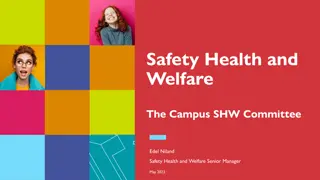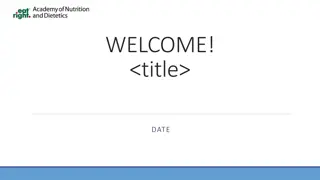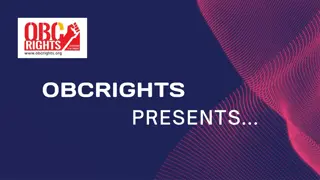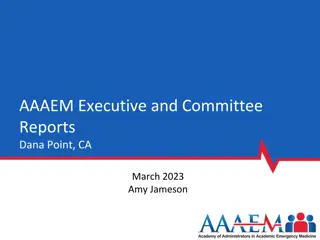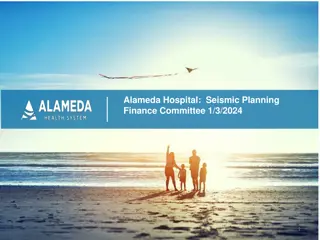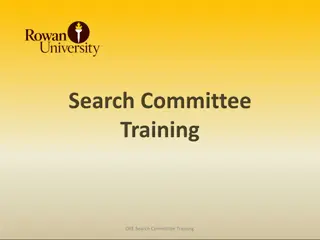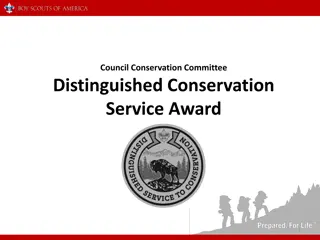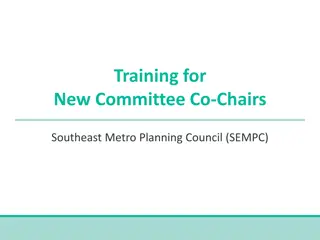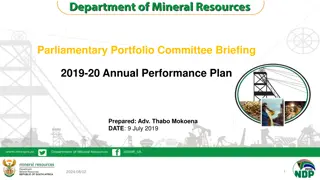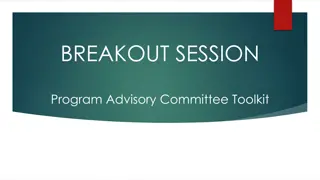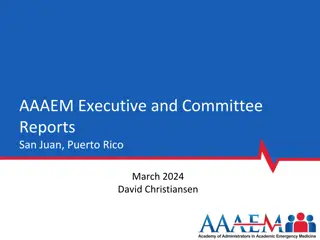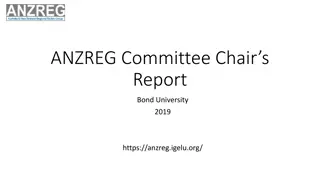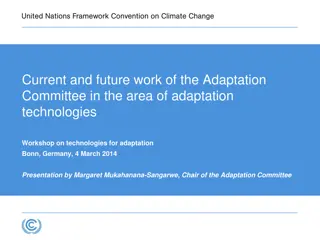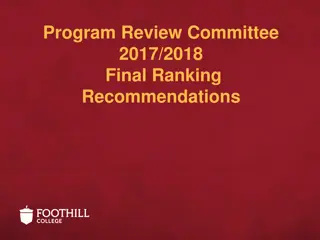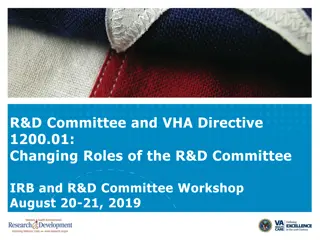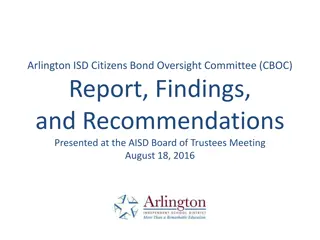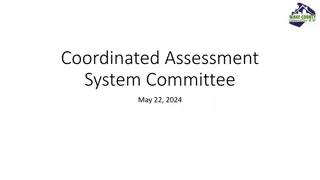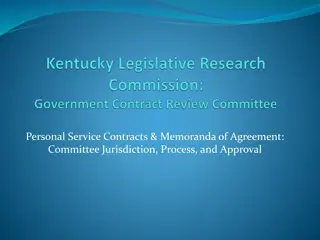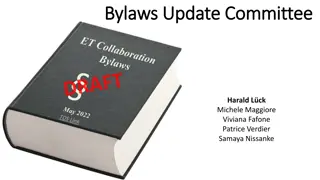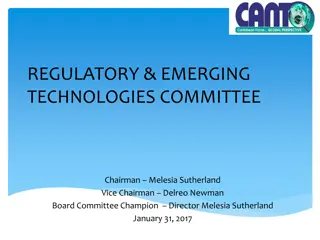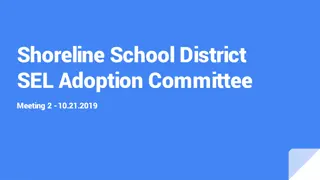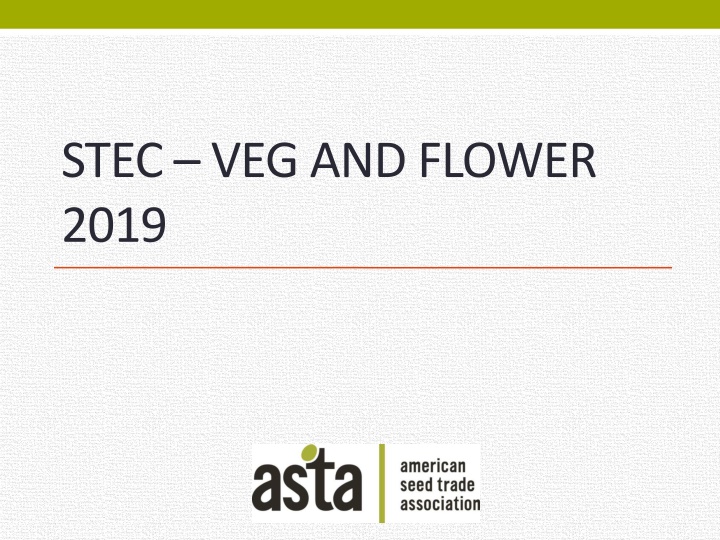
Biostimulant Industry Workgroup Goals and Achievements
Discover the key objectives and achievements of the Biostimulant Industry Workgroup focused on developing pathways for biostimulant products to market. Learn about regulatory and legal initiatives, timeline milestones, and the workstreams organized by USDA BSW representatives.
Download Presentation

Please find below an Image/Link to download the presentation.
The content on the website is provided AS IS for your information and personal use only. It may not be sold, licensed, or shared on other websites without obtaining consent from the author. If you encounter any issues during the download, it is possible that the publisher has removed the file from their server.
You are allowed to download the files provided on this website for personal or commercial use, subject to the condition that they are used lawfully. All files are the property of their respective owners.
The content on the website is provided AS IS for your information and personal use only. It may not be sold, licensed, or shared on other websites without obtaining consent from the author.
E N D
Presentation Transcript
STEC VEG AND FLOWER 2019
BIOSTIMULANTS INDUSTRY WORKGROUP Jane DeMarchi, ASTA Pam Howlett, Bayer Pat Miller, ASTA
Goal of the BIW The goal of the Biostimulant Industry Workgroup is to develop an efficient pathway to market for biostimulants.
Primary Focus of the BIW 2018 Farm Bill requires the Secretary of Agriculture to: submit a report to the President and Congress that identifies any potential regulatory, non-regulatory, and legislative recommendations, including the appropriateness of any definitions for plant biostimulant, to ensure the efficient and appropriate review, approval, uniform national labeling, and availability of plant biostimulant products to agricultural producers. BIW represents all facets of the industry to provide input into the development of the USDA report to the President.
Key Objectives for BiostimulantFramework Ability to use the term biostimulant Make biostimulant claims Credibility for the industry Clear, consistent, predictable process to market One label for all states Safety assessment Dual uses for active ingredients Global consistency
Timeline for BIW Work stream target deliverables: First progress report - March 31, 2019 Second report - June 30, 2019 Third and (ideally final) recommendations report - September 30, 2019 Compile a report based upon the work stream s recommendations.
BiostimulantIndustry Workgroup The USDA BSW organized into the following workstreams: Regulatory and Legal, led by Fred Betz (Regulatory Strategies) and Pamela Howlett (Bayer) Criteria and Standard, led by Terry Stone (Agrinos) and Amy Roberts (Lallemand) State Coordination, led by Britt Aasmundstad (NASDA) and John Breen (Actagro)
BiostimulantIndustry Workshop Outcome Regulatory and Legal Main focus is to address the FIFRA definition of plant regulators Clearer definitions and a consistent, reasonable regulatory approach is the goal Group needs more information and analysis of PVP program to determine how/if it might fit into the objectives Action in the states will be necessary no matter what course of action is determined
BiostimulantIndustry Workshop Outcome Criteria & Standards Priority is the definition of the term biostimulant The group will seek tangible examples to assist in communications for: All definitions (microbial, contaminants, composition, etc) Demonstrated efficacy Product composition The PVP should be considered a short term opportunity Develop standards to support customer assurance
BiostimulantIndustry Workshop Outcome State Created a uniform/model bill working group Must determine whether to pursue state or federal legislation (or a combination of both) PVP may not assist state efforts A group has been assigned to summarize the state regulatory framework for non-fertilizer products Biostimulant definition needs clarity Awaiting EPA guidance (what is, what isn t a pesticide)
Stay Connected this Week! Follow us at: @Better_Seed Join the conversation using: #ASTAVegFlo and #JustGrowIt
STATE AFFAIRS UPDATE Pat Miller, ASTA
Seed Treatment Legislation in the States #1Priority Protection of Treated Article Exemption Federal and State Allows treated seed to move freely between states Without exemption treated seed itself could be considered a pesticide
Seed Treatment in the States -2019 ASTA initiative to develop educational materials to assist in anticipated discussions with law makers and regulators. Call to action started with company GA reps, industry lobbyists, and state associations in the northeast, with plans to continue with all six ASTA RVP regions. Initiative to communicate with/through key state legislative committees, state agriculture departments, grower groups, state environmental agencies and industry associations Using existing materials produced for stewardship program
Seed Treatment in the States -2019 Bills Filed Thus Far Hawaii neonioc ban (Chlorpyrifos banned last year) Maryland Chlorpyrifos ban New Hampshire labeling, signage and restrictions on bee- toxic pesticides New Jersey change neonic to restricted use New Jersey May is Monarch butterfly month New Jersey Monarch butterfly listed as threatened New Mexico Pollinator license plate
Seed Treatment in the States -2019 Bills Filed Thus Far (continued) New York all kinds of shenanigans, including removing the treated article exemption for seed Oregon neonic bans Pennsylvania pollinator week in June Texas support for polinator health Washington native pollinators on protected list West Virginia license plate
Guide to Seed Treatment Stewardship Biologicals Management of Biological Products Stability and Compatibility Proper loading Human and Environmental Safety Storage and Disposal
REGULATORY REVIEW Jane DeMarchi
Canada Neonicotinoid Registrations Pest Management Regulatory Agency (PMRA) announced it will phase out, over three to five years, the outdoor use of thiamethoxam and clothianidin including seed treatments. Final decision on whether to phase out imidacloprid expected soon. CSTA participating in a dialogue with other ag groups and PMRA to address flaws in PMRA review system.
Canada contd Thiram See handout Captan - approved continued use as a commercially applied seed treatment on previously registered crops. fine.
E.U. Thiram: Authorization until January 30, 2019. Grace period for seed treatment through January 30, 2020. The European Commission voted to extend the ban of three neonicotinoids clothianidin, imidacloprid, and thiamethoxam use is now essentially limited to greenhouses
U.S. EPA/DOJ will challenge court decision on chlorpyrifos EPA decision on neonics in 2019 Ellis Case Settlement ASTA has been asked by EPA to formally commit to stewardship outreach on treated seed. #Plant19
Impact to birds from seed spills high priority for EPA
Treated Article Exemption: EPA Comments Due March 26, 2019 Petition Seeking Rulemaking or a Formal Agency Interpretation for Planted Seeds Treated with Systemic Insecticides: Seeks an amendment to, or a formal re-interpretation of, the Treated Article Exemption so that systemic pesticidal seeds intended to kill insect pests of the plants are not included under the Treated Article Exemption and are therefore subject to FIFRA requirements. ASTA Position: Requiring individual registration for every seed treatment pesticide and seed combination of which there are hundreds, if not thousands, would create an enormous burden without any corresponding benefit. ASTA and CLA submitting joint comments. Talking points for member comments to be distributed by Feb 15th.

